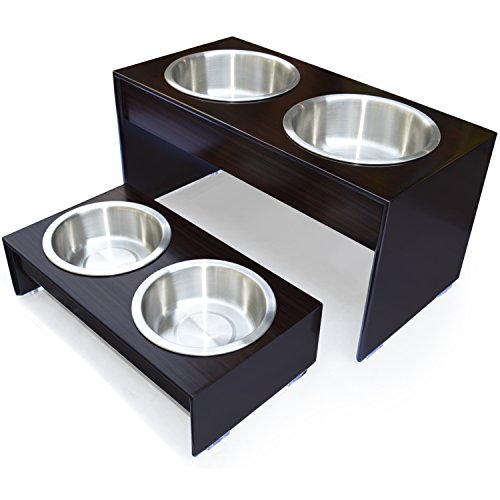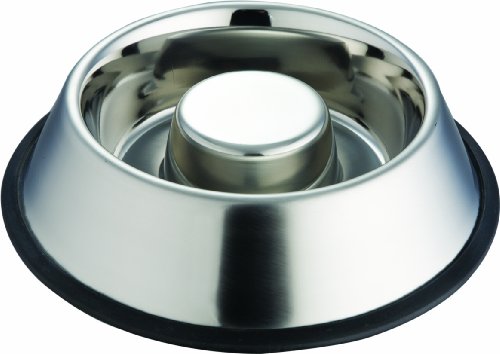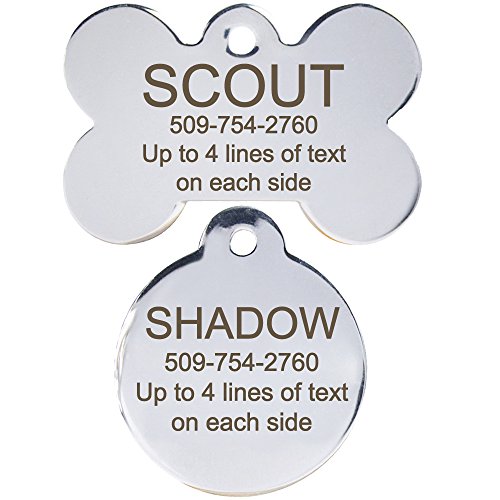
At some point during your pet’s life, it will go on medication. It might only be for a week, or it could be permanently. Your veterinarian uses drugs as a tool to help a dog or cat heal itself, or to prevent disease. That would be easy if it wasn’t so challenging to give your pet medication. You can’t just tell them to take the drugs. You can’t scold them and you can’t get them to like it.
However, there are a few things that you can do to make medicating your pet easier on both of you. There is no need to fight to get the job done. In this article we will cover the basic importance of giving your pet the proper dose. We will also look at the different forms (liquid, pill, topical) of medication and some other general advice.
One of your veterinarian’s biggest fears is that the owner may not give the correct dose of the drug. Very often, drugs will start to make a pet look better and the owner will decide to stop giving the medication. You must remember that just because your pet feels better does not mean that it has fully recovered. For example, if your pet is on antibiotics, at the time it starts to feel better, the body is still fighting the bacteria. You should not take away the drug that has helped your pet get this far in healing! If you decide to stop the pills early, you will be forcing the pet’s body to work harder, and there is a chance that it will show signs of disease again.
There are other reasons that you should not stray from the instructions your vet gave you. Some substances are controlled and should not be kept in the owner’s house, where people have access to it. Also, it becomes very tempting for an owner to try to treat the next disease with those leftover drugs. This could be dangerous because the drug will probably not be given in the right dose or very likely may not even be the right drug to treat the disease. If your pet is on long-term medication, never change the amount you give it without contacting your veterinarian first. If your pet looks better (or worse), it should be properly evaluated by your veterinarian before you decide to change the amount of drug given. Also keep in mind that on the label for the drugs, ‘twice a day’ and ‘morning and evening’ means you should give the doses 12 hours apart. ‘Three times a day’ means one dose every eight hours.
The most common medication we think of is in pill form. This is every owner’s nightmare! But it should not be hard to pill your pet. If you are giving the pill without hiding it in a treat, the proper method is to hold your pet’s mouth open and to put the pill as far back in the mouth as possible (near the base of the tongue is a good point to aim for). Then you hold its mouth shut, rub its throat and blow on its nose until you notice your pet swallowing. This will help you avoid having the pill spit back out. A great idea to pill your pet is to disguise the pill in peanut butter, cheese, or pill pockets. Pill pockets are soft, tasty pockets for you to put the pill in. Even if your pet does not want to eat the pill in the treat, wrapping the medication in something tasty will make the experience a little better.
Another common form of medication is liquid. Some drugs that are available in the pill form are also available in the liquid form. When giving a liquid medication, you must first make sure you know how much you should be giving. It is very common and easy to misread a decimal place and give 3 mL instead of 0.3 ml. You will want to open your pet’s mouth and squirt the liquid as far back in the mouth as possible. If you discuss it with your vet, you may also be able to put the liquid medication on your pet’s food.
It is almost guaranteed that you will have to apply a topical medication to your pet’s skin at some point. Topical medications are given so that the drug only has effects on that area of skin. It is sometimes dangerous for your pet to swallow topical medication, so always be careful when reading the drug label. If you are giving a liquid in the ear, make sure it gets deep in the ear (their ear canals are very long) by applying it deep in the ear and by rubbing the base of the ear afterwards. Ear medications are generally oil-based and very messy.
When applying flea medication, make sure to read the package instructions. Some liquids are applied to one spot between the shoulder blades, while others are applied down the length of the spine. You should apply flea medication before bedtime so that it will not be petted off, and so children cannot access it overnight. Always try to put the drops directly on the skin, because it will not be absorbed if it is in the fur. Some animals will try to lick off creams that are applied to the skin. If it is OK with your vet, you may want to try covering that area up after applying the cream. For example, you can put socks on a dog that licks cream off of its feet.
There are also other considerations when medicating your pet. You should always feel free to ask your veterinarian questions about giving the drug. For example, you might want to know if your dog will have a greater risk of getting sick, if you should not give other drugs at the same time, and how you should store the drug. You can also ask if the medication should be taken with food, or, in the case of some allergy medications, if the drug should not be given in a treat.
Overall, just remember that medicating your pet should not be a fight. If you don’t make a big deal out of the medication, your pet probably won’t either. There is a reason that your vet prescribed a certain amount of drugs, and it is strongly advised that you do not stop giving it until its gone. There are many tricks to help you give your pet medication, and with luck your pet will soon be happy and healthy without becoming stressed by taking medication!
By Ashley O’driscoll – Pets.ca writer
Another article on giving medication to pets is here.
A tip on giving cats pills is here.
 How To Prepare For Getting Your First Puppy
So its that time in your lif
How To Prepare For Getting Your First Puppy
So its that time in your lif
 Mastiff Lovers & Dinosaur Poop!
Loving and Owning a MastiffG
Mastiff Lovers & Dinosaur Poop!
Loving and Owning a MastiffG
 Top 5 Tips to Potty Training a Puppy
Credit: Erin Patterson via Flickr
Top 5 Tips to Potty Training a Puppy
Credit: Erin Patterson via Flickr
 Indipet Slow Feed Pet Bowl
If you have a dog that loves
Indipet Slow Feed Pet Bowl
If you have a dog that loves
 How to Find My Runaway Dog
If you are a dog owner, you
How to Find My Runaway Dog
If you are a dog owner, you
Copyright © 2005-2016 Pet Information All Rights Reserved
Contact us: www162date@outlook.com